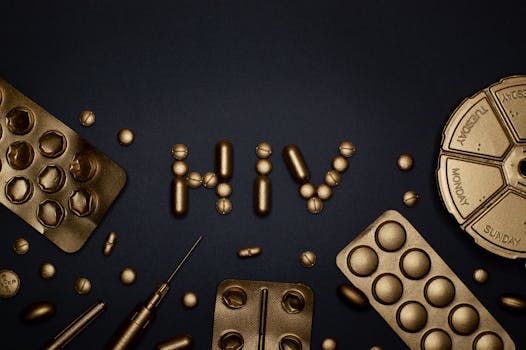
The Science Behind Vaccines and Public Health: A Comprehensive Guide
Introduction to Vaccines and Public Health

The science behind vaccines has been a cornerstone of public health for centuries, saving millions of lives and preventing the spread of infectious diseases. Vaccines have been instrumental in controlling and eliminating many serious diseases, such as smallpox, polio, and measles. In this article, we will delve into the science behind vaccines, their history, how they work, and their impact on public health.
A Brief History of Vaccines
The concept of vaccination dates back to ancient times, with evidence of inoculation practices found in ancient civilizations such as China, India, and Africa. However, it wasn’t until the late 18th century that the first vaccine was developed by Edward Jenner, an English physician who created a vaccine for smallpox. The vaccine was made by exposing people to a mild form of the disease, which would give them immunity to the more severe form.
How Vaccines Work
Vaccines work by introducing a small, harmless piece of a pathogen, such as a virus or bacteria, to the body. This triggers an immune response, which helps to build immunity to the disease. There are several types of vaccines, including inactivated vaccines, live attenuated vaccines, and subunit vaccines. Inactivated vaccines contain a killed or inactivated form of the pathogen, while live attenuated vaccines contain a weakened form of the pathogen. Subunit vaccines contain only a specific component of the pathogen, such as a protein or sugar.
The Impact of Vaccines on Public Health

Vaccines have had a significant impact on public health, with many diseases that were once prevalent now under control or eliminated. According to the World Health Organization (WHO), vaccines have saved an estimated 10 million lives between 2010 and 2015. Vaccines have also had a significant economic impact, with a study by the Centers for Disease Control and Prevention (CDC) estimating that every dollar invested in vaccination programs returns an estimated $10 to $20 in economic benefits.
Vaccine Safety and Efficacy
Common Misconceptions About Vaccines

Despite the overwhelming evidence supporting the safety and efficacy of vaccines, there are still many misconceptions surrounding vaccination. One of the most common misconceptions is that vaccines cause autism, a claim that has been thoroughly debunked by scientific evidence. Another misconception is that vaccines are not necessary, as many diseases are no longer prevalent. However, this ignores the fact that many diseases are still present in the world and can be easily spread if vaccination rates decline.
Conclusion

In conclusion, the science behind vaccines is a complex and fascinating field that has had a significant impact on public health. Vaccines have saved millions of lives and prevented the spread of infectious diseases, and they continue to be an essential tool in the fight against disease. By understanding how vaccines work and the importance of vaccination, we can work together to protect public health and prevent the spread of disease.






